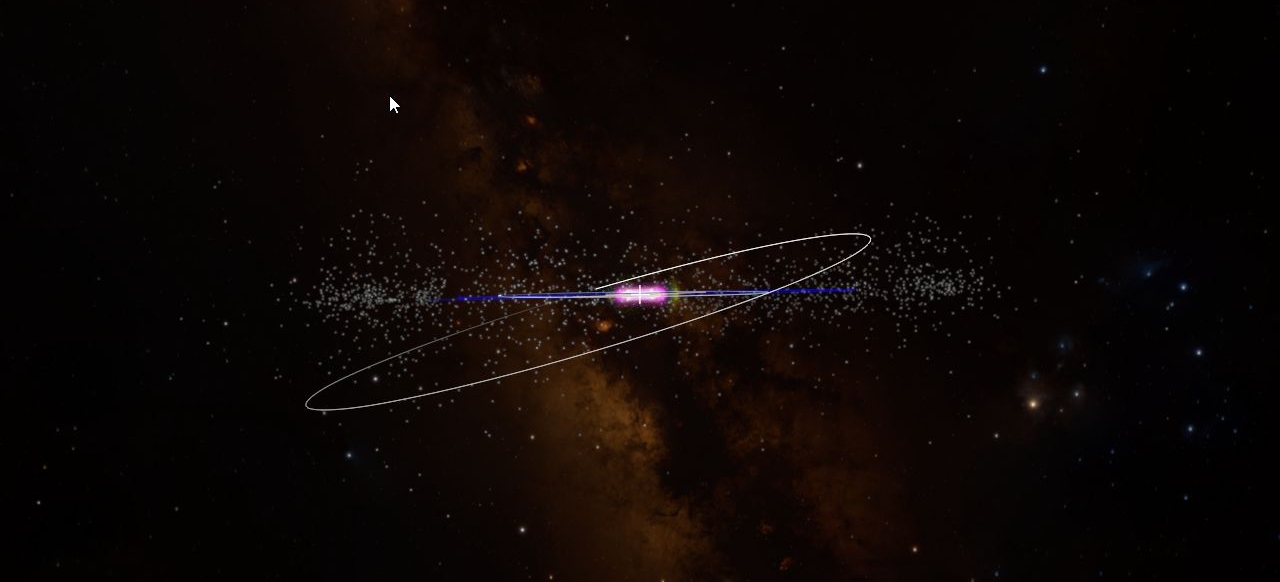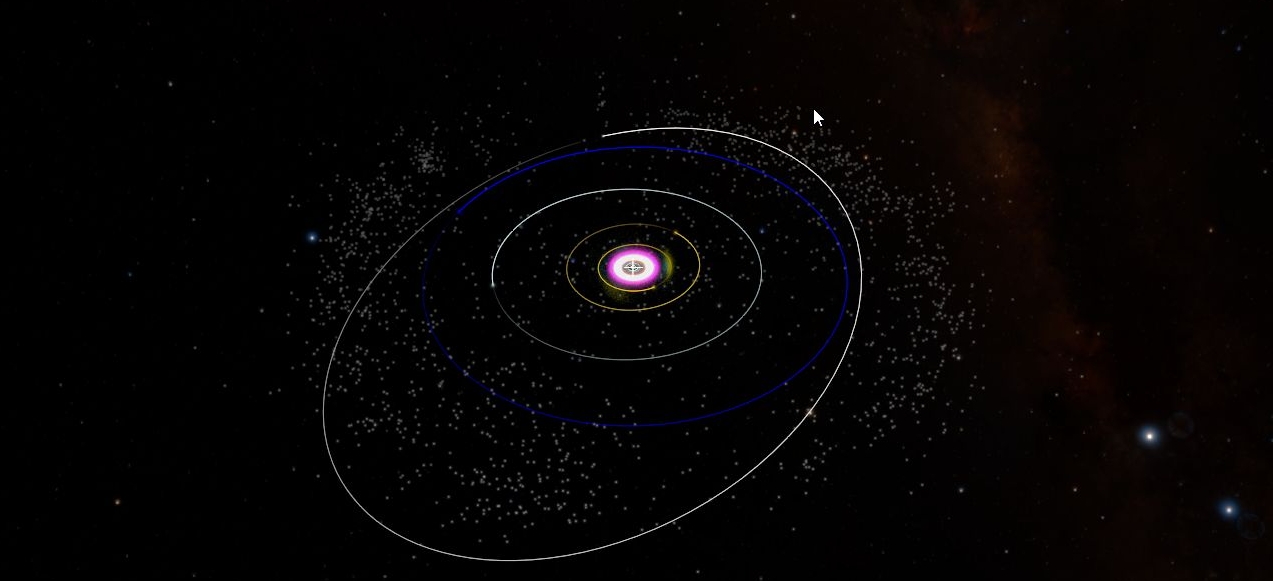Authoring for Virtual Reality
When making tours for Virtual Reality (VR), it helps to come up with certain rules about how the user interacts with the virtual environment and then stick to them. This helps to make tours that don’t provide visual information that is in conflict with other sensory input such as head orientation, which is provided by your inner ear. This disparity between what you feel in the physical environment (like turning your head) and what you see in the virtual environment can create symptoms similar to motion sickness.
One of the amazing things about VR is that users have a natural sense of interaction by moving their heads that requires no training. For instance the Impacts Tour has been shown to kids in Kindergarten, to seniors and all folks in between – all of them interacted with the experience without any specific instruction – with the exception that people do need to be reminded to look in some direction other than forward.
In WWT there are two different types of VR experiences. One experience is a more formal Virtual Reality experience. The other type we call Divine Visualization.
The Story🔗
It is very important to start with the story. Tours naturally lend themselves to fairly strict VR experiences and many WWT stories involve moving the user through space and telling them what the objects are that they are seeing. This is the basic structure of the Impacts tour. In the Impacts tour, we were in this VR experience mode until the last two slides where we switched to Divine Visualization where we showed the Solar System in an unrealistic way. Tilting the view of the Solar System and even visualizing asteroids and orbit lines break the illusion of what someone would actually see. In Impacts we transition from one form to another, but don’t go back and forth in the Tour.
We created Impacts to test out the production features of WWT as well as learn about VR production. You can follow your own production experiences but certainly give adequate time for testing and refinement. Our experience is that when you are in VR during production, you get your VR-legs and will be able to handle more extreme motions and dissonance. That is why it is important to have people who are not familiar with VR to test out your experience. Carefully consider their input of how they interpret the experience and any susceptibility they have to motion sickness.
Creating Virtual Reality Experiences🔗
Virtual Reality Experiences are constrained by rules; when these rules are followed, they support the presence of the user in the virtual environment and natural appreciation of scale and distance. Below are rules that we follow when making VR tours.
- Throughout a scene keep the same camera view. Don’t zoom your camera as you navigate a scene. That would be equivalent to scaling you to be bigger and smaller as you explore an environment. When you zoom the camera you change the stereo separation which confuses the sense of scale brain interprets through motion.
- In the tour only control the XYZ translations. The user will naturally control rotation by moving their head, which is then coordinated with the physical input that the inner ear gives the brain.
- Think about the user as a participant in the scene and actually decide what is the representation of the user is in the virtual environment – the user’s avatar. Even if the avatar is not visually displayed it will have specific capability (e.g., size, stereo separation of eyes, speed etc.). For instance, if the user is an astronaut with a jet pack that responds to a thruster then the translations should be of that speed.
- Be very careful about giving the user too much control. People thing they want to have as much control as possible, but if they don’t interact well with the environment, they can leave the system completely or be looking the wrong direction. Worse they can induce virtual reality sickness by quickly moving their view with the joystick in a way that is in conflict with their head’s motion. Training can help mitigate these effects but takes time and a carefully planned training experience.
In VR you can keep the zoom level constant and move the camera through a scene by reference frame for the camera and move that.
Creating Divine Visualization Experiences🔗
Divine Visualization is a category of experiences where the producer breaks the rules of VR in order to tell a story or explore data. In this view, the user is not limited by rules of interaction of an avatar with a virtual environment, as is the case for creating strict VR experiences above. One simple example is moving the view of the Solar System from edge-on to face on. Here the divine viewpoint, which is not constrained by the laws of physics, is understood by the user as viewing and potentially manipulating the Solar System as a model or scientific visualization. As a producer, you may feel this is necessary to communicate some things this way. The user will probably not feel as though they are moving wildly in the Solar System but will likely interpret this as playing with a 3D model in a classroom.


When you decide to break the rules, you can do anything you want. However, you should be aware of dissonance between visual and inner-ear-provided orientations and try to minimize them.
- Keep objects in front of the user while you are moving or changing them (e.g. rapid, non-linear advances in time). This will reinforce the feeling that the user is manipulating an object.
- Don’t introduce motions that would require the user to turn their head very much. This will reduce the amount of dissonance.
- Be very careful in creating interactive VR experiences where the user can use an Xbox controller to fly around a scene. Even experienced VR producers can get sick doing this. If you are designing an unconstrained interactive, we recommend some training phase of the interactive where they are taught how to move their view slowly, especially in rotation.